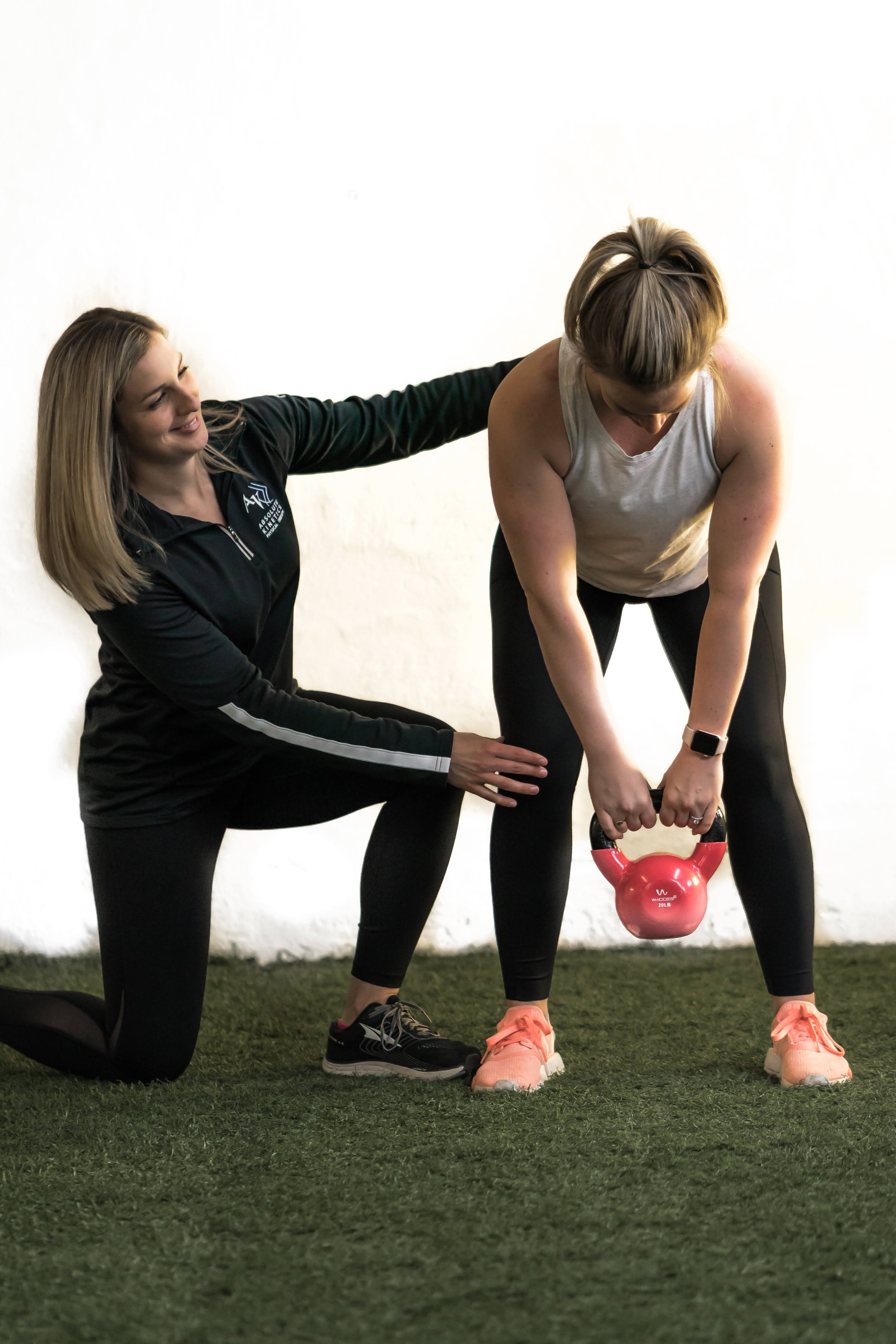Absolute Kinetics Physical Therapy Blog
Why do I have knee pain?
There are a variety of pathologies and injuries that can be diagnosed in the knee, including Baker’s cysts, meniscus tears (see our previous blog post on this topic!), osteoarthritis, patellofemoral pain, and more. In this post we are going to talk about knee pain in general.
Do I need orthotics?
Orthotics are commonly prescribed for individuals who experience back, hip, knee, or foot pain. Most commonly people present with flat feet, and the orthotics are intended to support the arch of the foot and improve alignment of the foot and lower extremity (although some individuals present with higher arches which can also be a problem). Often times, using orthotics for support and to improve alignment can help to improve symptoms. However, should we be wearing orthotics forever? What about when we want to wear shoes that the orthotics don't fit in?
What causes IT band syndrome?
The iliotibial band, more commonly referred to as the IT band, is a long thick band of connective tissue that crosses both the lateral hip and knee joints. The IT band is helpful in stabilizing the lateral side of the leg, but can be blamed for many common hip and knee problems. But is the IT band itself really the problem?
How do I find the right provider?
As a health care consumer, it is often hard to know who to contact when you have a medical problem and where to start, especially in this changing health care system. Once you find a provider, how do you know if they are the right provider for you?
How do I manage a rotator cuff injury?
Most people probably know that rotator cuff injuries are very common in baseball players. Rotator cuff injuries are also common in people who work jobs that require a lot of overhead lifting or repetitive motions with their shoulder, who likely develop shoulder impingement that progresses to fraying of a rotator cuff tendon.
Why is an assessment so important?
Manual therapy interventions such as dry needling, cupping, massage, taping, and more are commonly used by Physical Therapists and other movement professionals. We have heard from people who regularly exercise and want to know - can I just come for dry needling (or some other manual intervention)? We have also encountered individuals with pain who have assumed they know what’s going on because they have a friend who has had a similar problem, or they themselves have had a similar problem in the past, and try to self-treat. They have pain down their leg, their co-worker said they also had pain down their leg at one time and were diagnosed with sciatica. The person googles exercises for sciatica, but they didn’t help and now they are in our office.
Does a meniscal tear require surgery?
The menisci are important structures in the knee that can be injured from trauma or overuse. The surgical management of patients who have a tear in their meniscus has changed a lot, and there is also some research showing that many individuals can actually return to their prior activity level with conservative management vs surgery.
How Common is Low Back Pain?
Low back (lumbar spine) pain is common among individuals of all ages. And chances are, you or someone you know has experienced low back pain at some point. In fact, research has shown that up to 80% of individuals will experience low back pain at some point in their lives. Back pain is one of the most common reasons for missed work, and low back pain is the leading cause of disability worldwide according to the Global Burden of Disease 2010.
What is Physical Therapy?
When most people think of Physical Therapy, they think of going to a clinic several times a week after having an injury or surgery if their doctor recommends it. The field of Physical Therapy has been growing and progressing over the years, and therapists are continuing to learn new skills and techniques to help their patients. Physical Therapists have also progressed their knowledge in differential diagnosis so they can refer patients to the appropriate provider when needed. In fact, in both Ohio and Tennessee, patients can see a Physical Therapist without a referral from a physician. This can save patients both a lot of time and money.
What is Dry Needling? Is that like Acupuncture?
Dry needling is a manual therapy technique often utilized by Physical Therapists. It is not acupuncture, however, we do use small, fine filament acupuncture needles. It is called "dry needling" because we are not injecting any medication with the needles. These needles are inserted through the skin and into muscles that are determined to have restrictions, or in homeostatic points, based on the assessment completed by your Physical Therapist.










